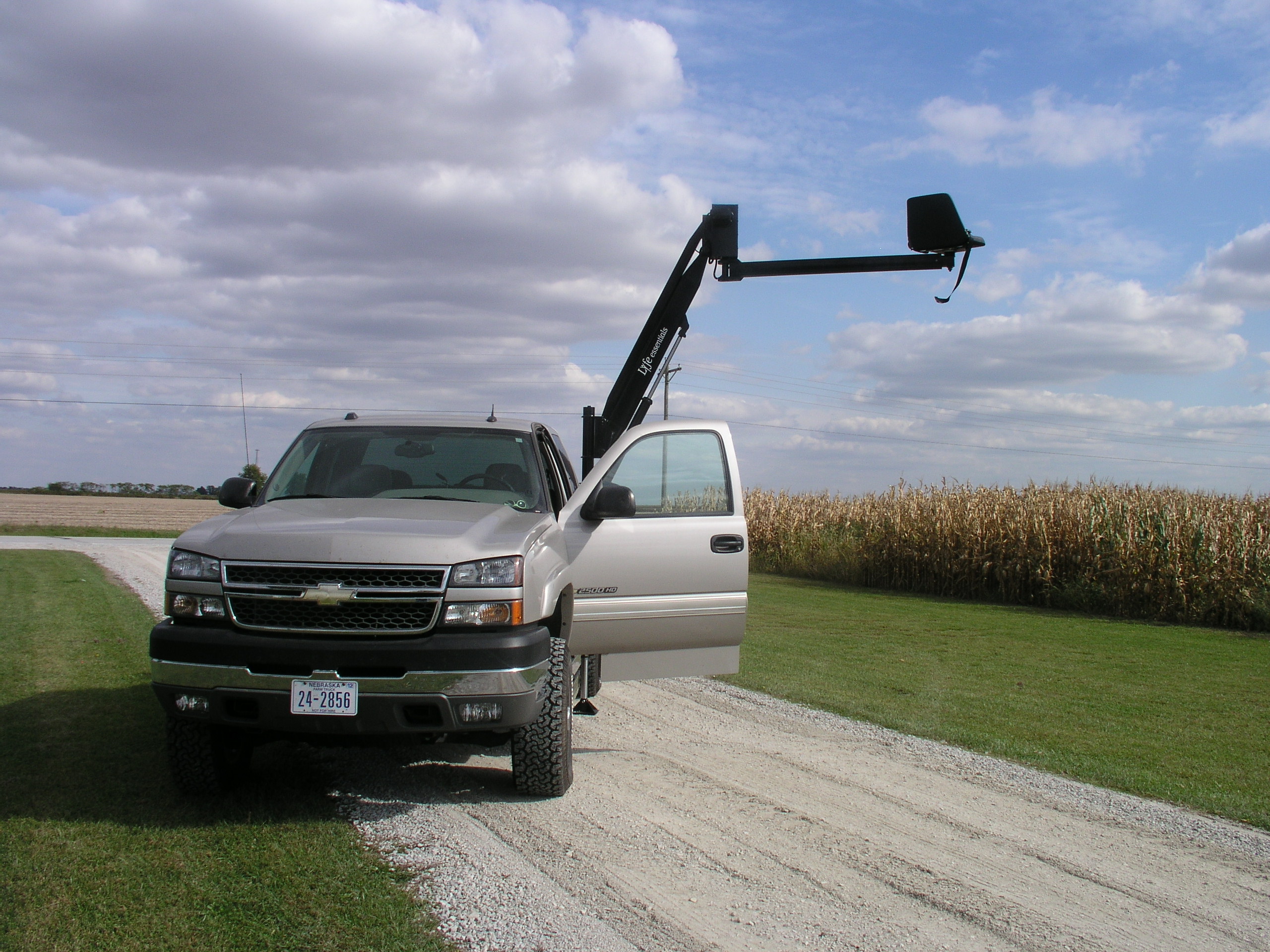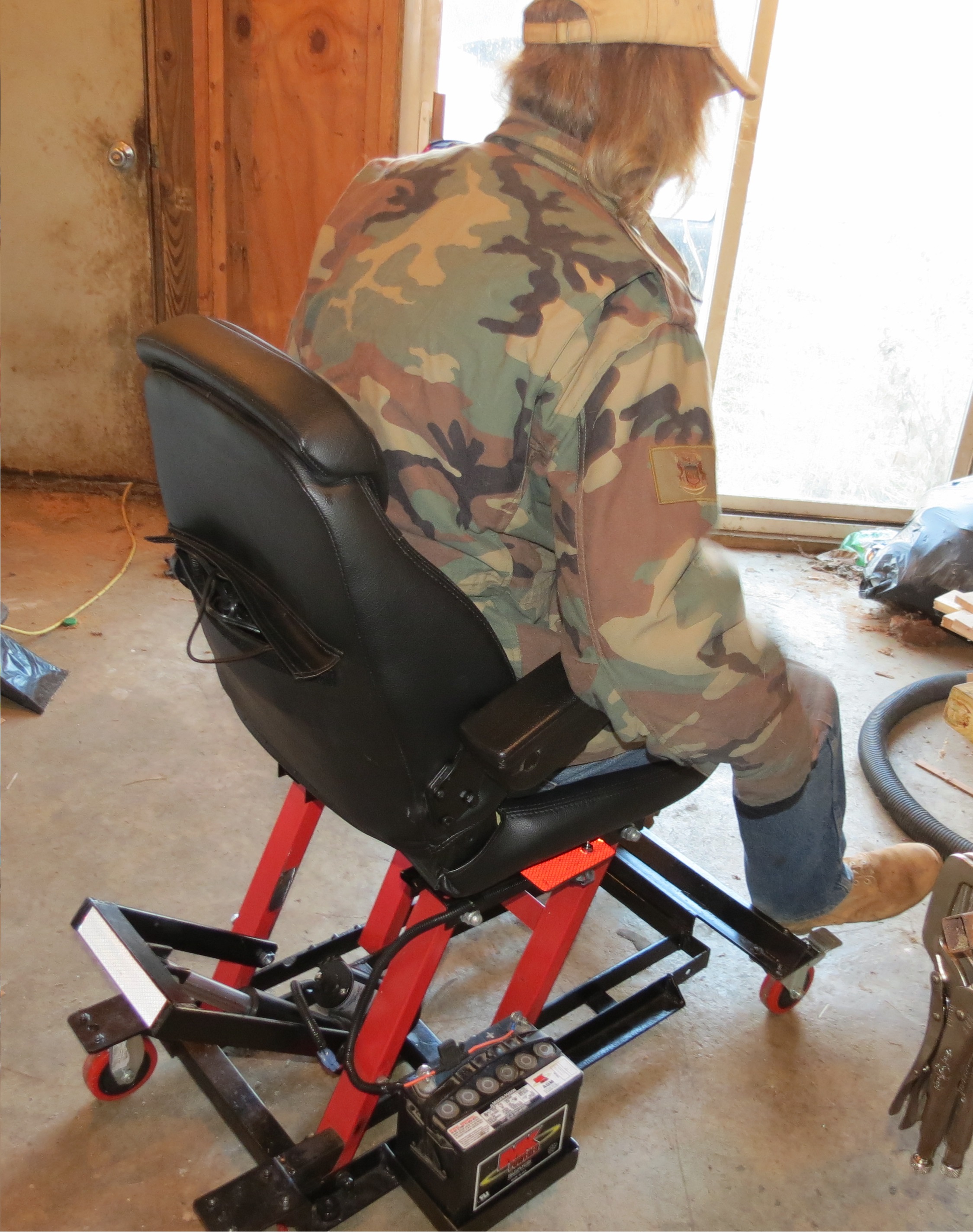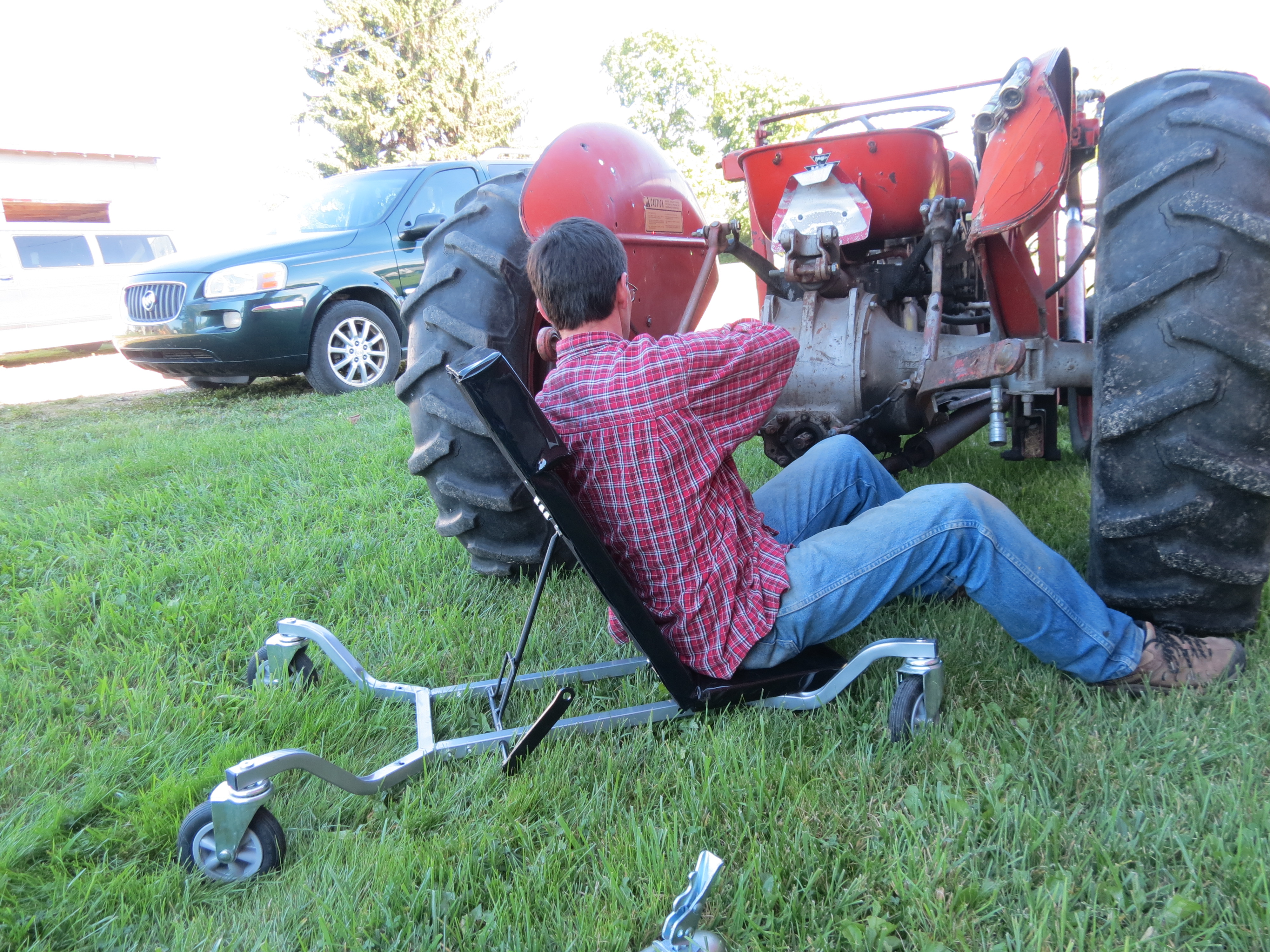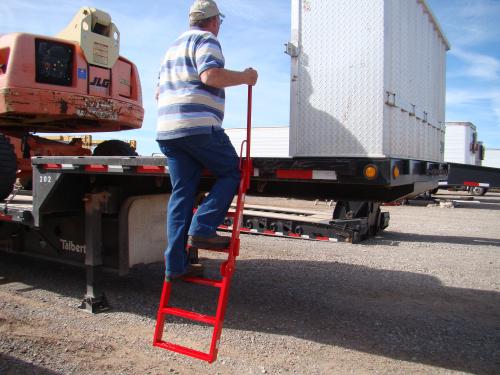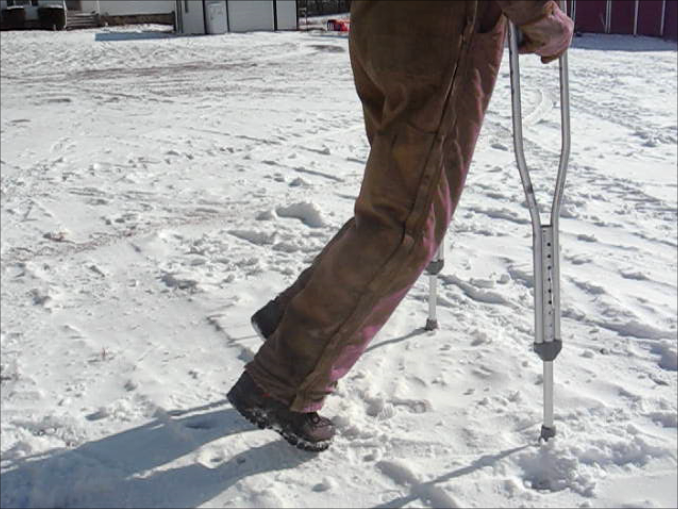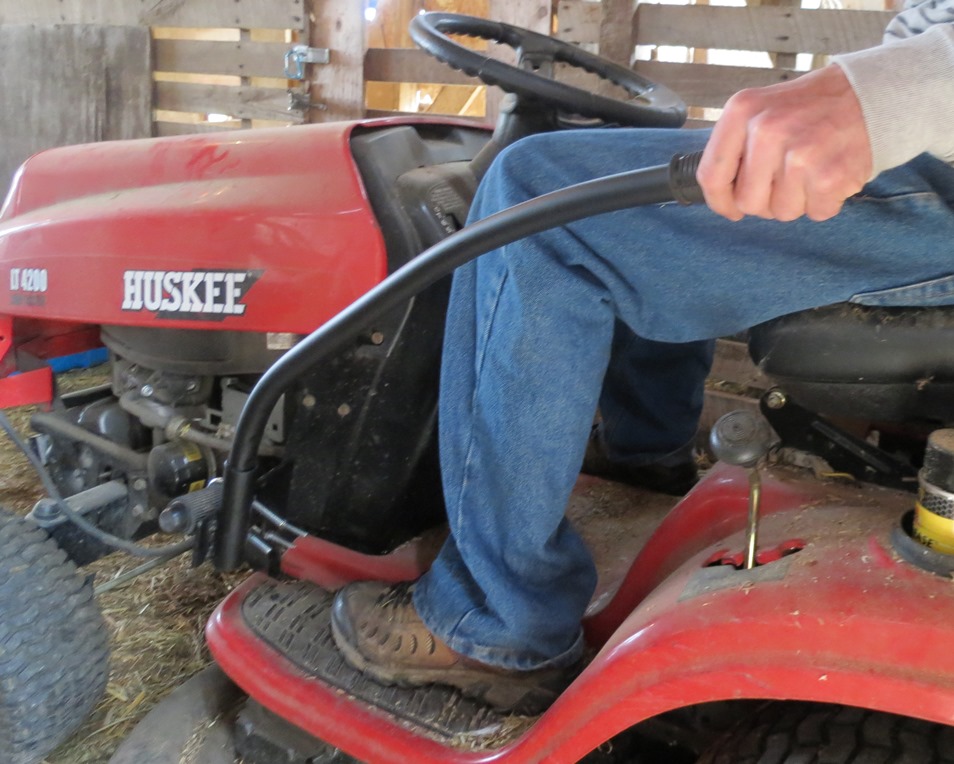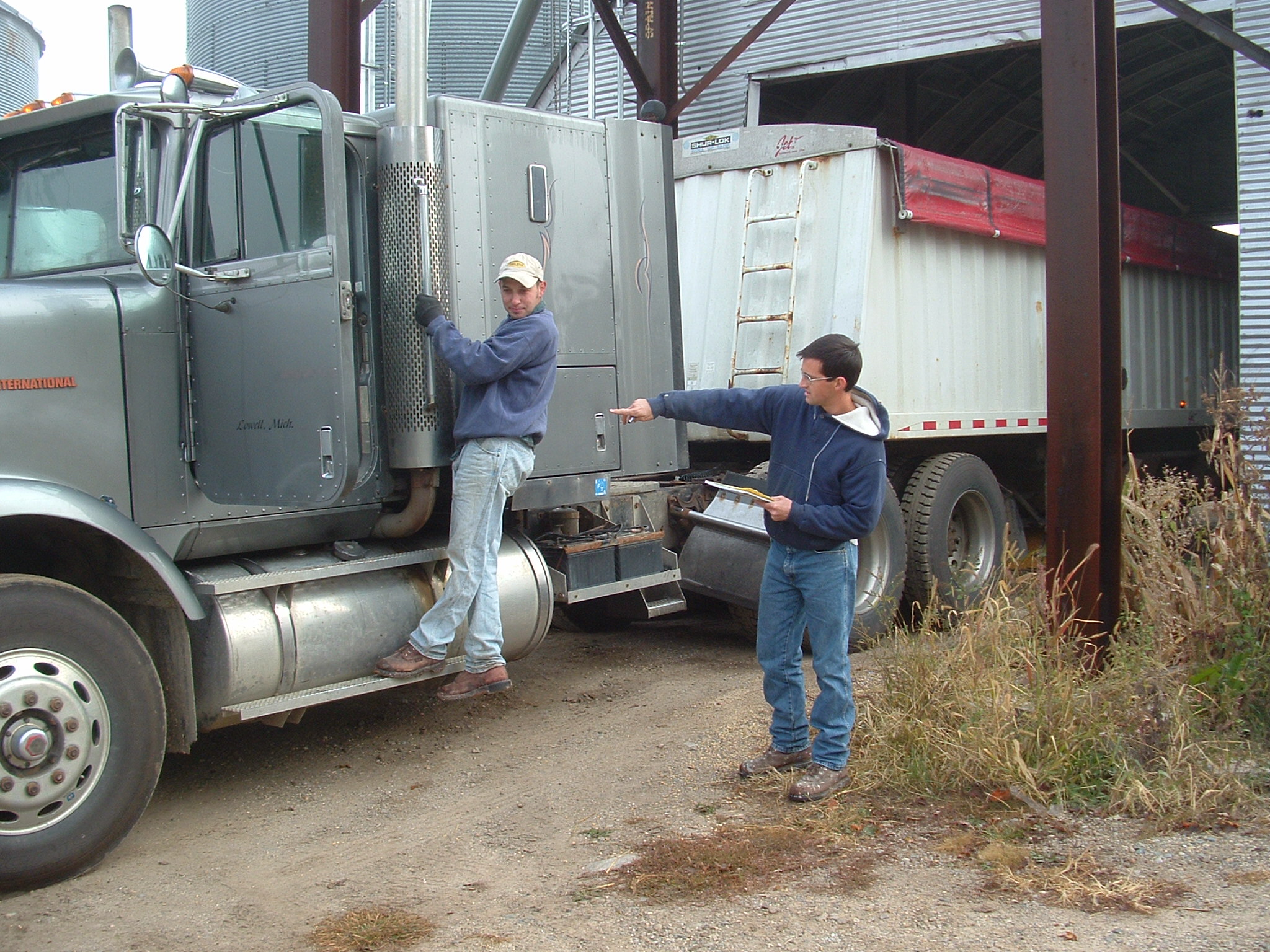Squeeze. Twist. Shake. Repeat. Squeeze. Twist. Shake. Repeat. Now what, pain and numbness you say? The median nerve that controls a workers hand passes through a narrow tunnel in the wrist formed by bones and the carpal ligament. High-force squeezing, sharply twisted wrists and vibrations of the hands irritate this median nerve inside the carpal tunnel. Repeating these irritating motions can permanently restrict the carpal tunnel. This is Carpal Tunnel Syndrome resulting in the disabling symptoms of numbness and pain. There are practical techniques to reduce irritating motions without stopping the work.
Disability Work Consulting is visitor-supported. When you buy through links on our site, we may earn an affiliate commission. Learn more

